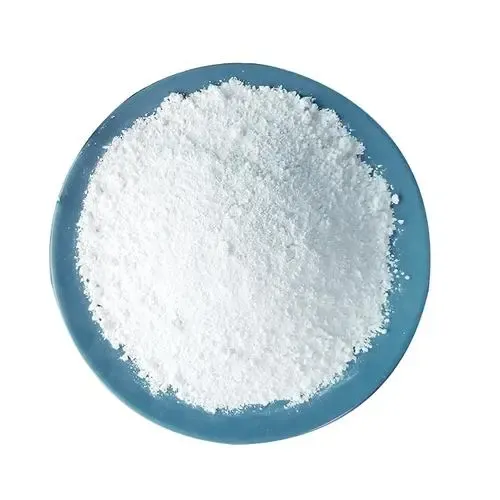
Dez . 12, 2024 10:12 Back to list
colour of titanium dioxide
The Color of Titanium Dioxide An Exploration
Titanium dioxide (TiO2) is one of the most widely used white pigments in the world, renowned for its brilliant whiteness and opacity. This inorganic compound is utilized across various industries, from paints and coatings to cosmetics and food products. Its exceptional ability to scatter light and reflect ultraviolet radiation makes it an indispensable ingredient for many applications. However, the color of titanium dioxide is more complex than just its iconic white appearance.
The Basis of Titanium Dioxide Color
The primary characteristic of titanium dioxide that contributes to its color is its crystalline structure. Titanium dioxide can exist in several different forms, the most prominent being rutile and anatase. Rutile is more thermodynamically stable and thus the more commonly used variant in pigments. Both forms exhibit unique optical properties that influence their color and effectiveness as a pigment.
On a molecular level, titanium dioxide's high refractive index is a crucial factor that enables its remarkable whiteness. When light strikes the surface of TiO2 particles, it is both absorbed and scattered, resulting in its bright color. The efficiency of this scattering is a significant reason why titanium dioxide is often favored for applications requiring high opacity and brightness.
A Range of Uses
Due to its superior properties, titanium dioxide is extensively used in various products. In the paint industry, it is the primary pigment due to its ability to provide excellent coverage and durability. When mixed into paints, TiO2 allows for vibrant colors, ensuring that the finished product possesses a high level of brightness and longevity. This quality is also beneficial in the production of plastics, where it aids in creating white and vibrant color palettes.
Moreover, titanium dioxide is found in cosmetics, including sunscreens and foundations, where it serves a dual role providing color and acting as a UV filter. Its non-toxic nature and inert properties make it safe for use on the skin, which has contributed to its widespread adoption in the beauty industry.
colour of titanium dioxide

Environmental Considerations
While titanium dioxide is praised for its performance, there have been growing concerns regarding its environmental impact and health implications. In recent years, the focus has shifted towards understanding the effects of nanoparticles of titanium dioxide used in sunscreen and other products. Some studies have raised questions about the potential hazards of inhalation or ingestion of nano-sized TiO2 particles, prompting regulatory bodies to evaluate its safety further.
Additionally, it's important to note that some forms of titanium dioxide, particularly when produced using certain processes, can have a significant carbon footprint. As a result, there is ongoing research into more sustainable production methods that minimize environmental impact while maintaining the white pigment's efficacy.
Innovative Applications
Apart from conventional uses, titanium dioxide is also being explored in innovative applications. Researchers are investigating its potential as a photocatalyst, utilizing its properties to break down pollutants in the environment. This means that titanium dioxide could contribute to cleaner air and water, promoting sustainability through its ability to decompose harmful substances when exposed to light.
In the realm of solar energy, TiO2 is being studied for its role in dye-sensitized solar cells, which promise an efficient and cost-effective way to harness solar energy. Its unique ability to absorb light and convert it into energy opens up new avenues in renewable energy solutions.
Conclusion
The color of titanium dioxide extends beyond its remarkable whiteness. It plays a crucial role in various industries, delivering excellent performance and contributing to innovation in environmental solutions. As we advance toward a more sustainable future, the challenge lies in balancing the benefits of this versatile compound with the imperative of minimizing its environmental footprint. With ongoing research and development, titanium dioxide continues to demonstrate its potential both as a pigment and as a crucial player in global sustainability efforts.
-
High Quality China Black Iron Oxide Powder Supplier Competitive Price & Fast Delivery
NewsJul.08,2025
-
High Quality Titanium Dioxide Used in Rubber – Trusted Supplier & Factory Price
NewsJul.08,2025
-
High Purity Barium Sulfate Particle Size - Wholesale Manufacturer from China
NewsJul.07,2025
-
Premium Titanium Dioxide Lomon R-996 Supplier – Quality & Wholesale Price from China
NewsJul.07,2025
-
Top Titanium Manufacturers in China - Quality Titanium Dioxide Supplier & Production Line Solutions
NewsJul.06,2025
-
OEM Titanium White Supplier & Factory – High Purity, Consistent Quality for Industrial Use
NewsJul.06,2025
